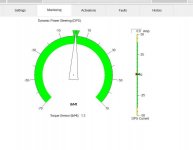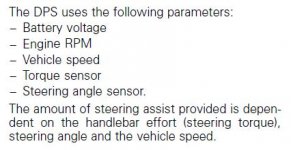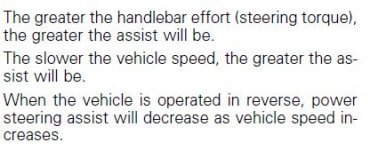IdahoMtnSpyder
Well-known member
Hey Russ, it's good to see you're still around!of course,if the bars are already straight,when the bike is underway, then you only need to shoot front and back to get the correct toe....no need to lock down the handlebars,as you will adjust both tie rods an equal amount
In reality though, how often are you going to find that the bike tracks straight ahead when the handlebars are in the center position? I believe the main reason for locking the handlebars in place is to prevent inadvertent movement of them from complicating the adjustment process.
After thinking about it some more I still contend toe-in can be correctly set without knowing what the track width is. What you have to end up with is both beams being an equal distance from the rear wheel when the process is finished. Once you know what the beam spread is at the front and the rear you can adjust the rear targets to set the distance between them to be the correct toe-in distance apart when compared to the front, which I think Lamont says is about 1 1/4" difference front target vs rear target? Then you move both targets sideways the same amount until they are an equal distance from the rear wheel.
View attachment 177934



